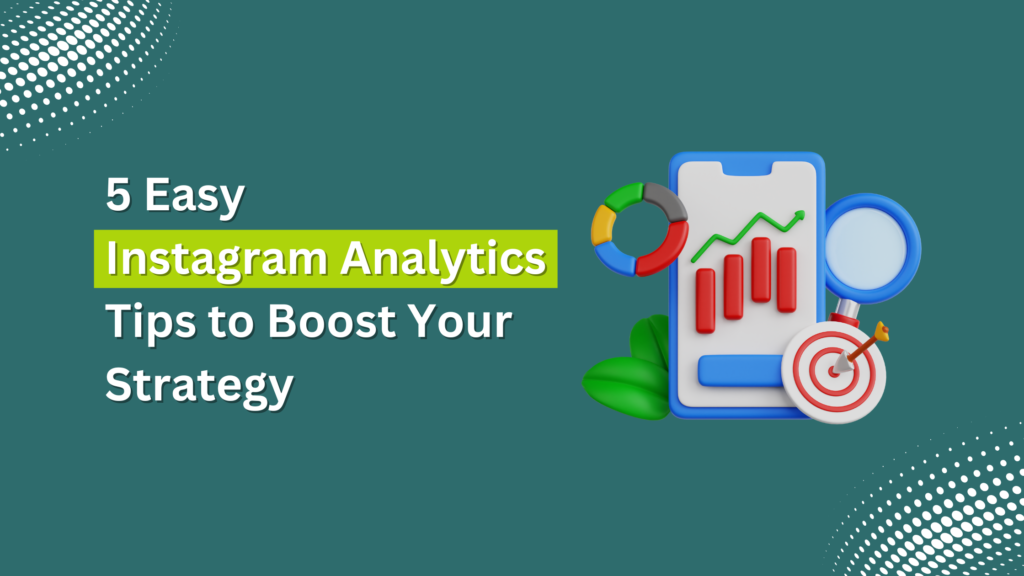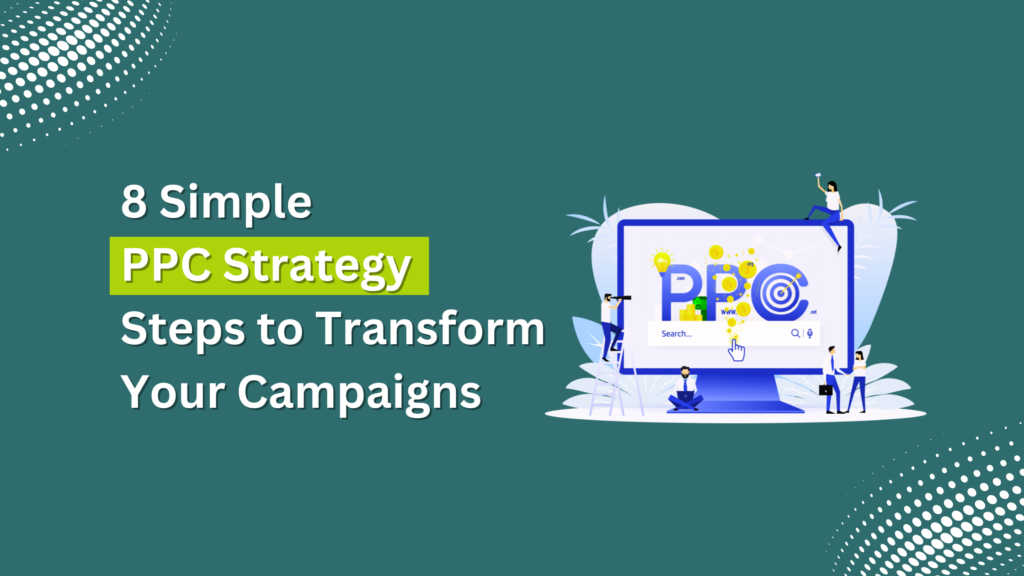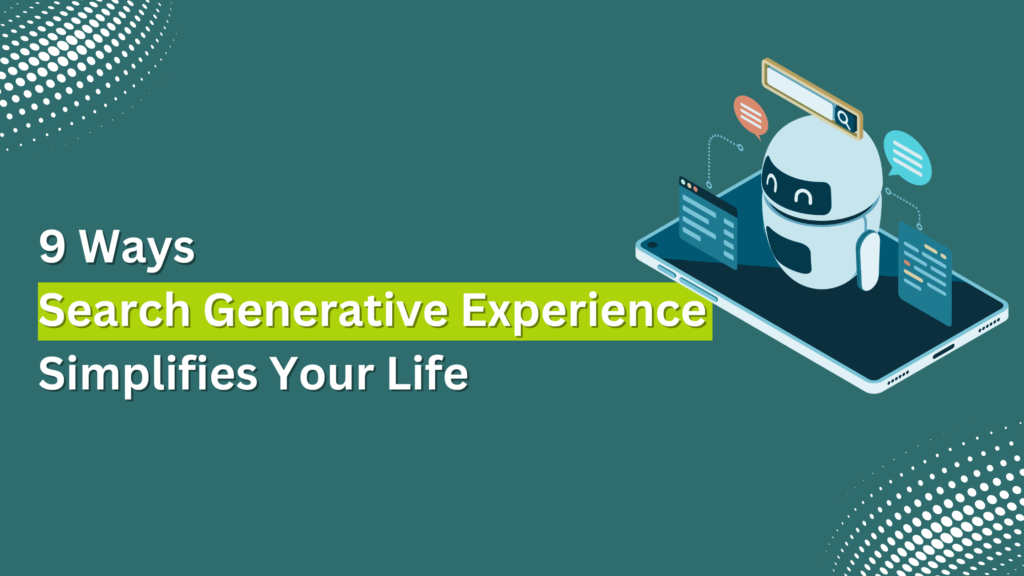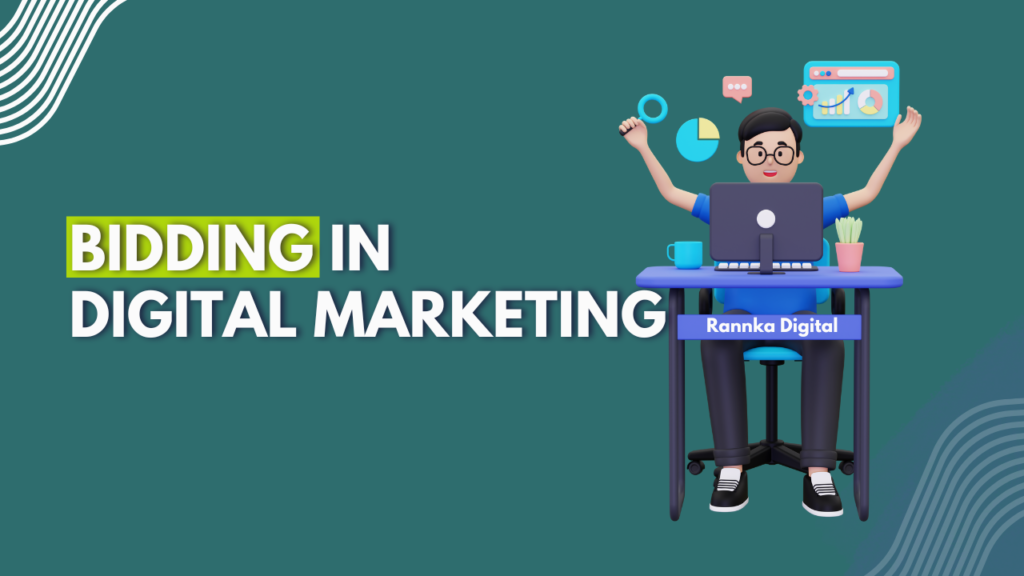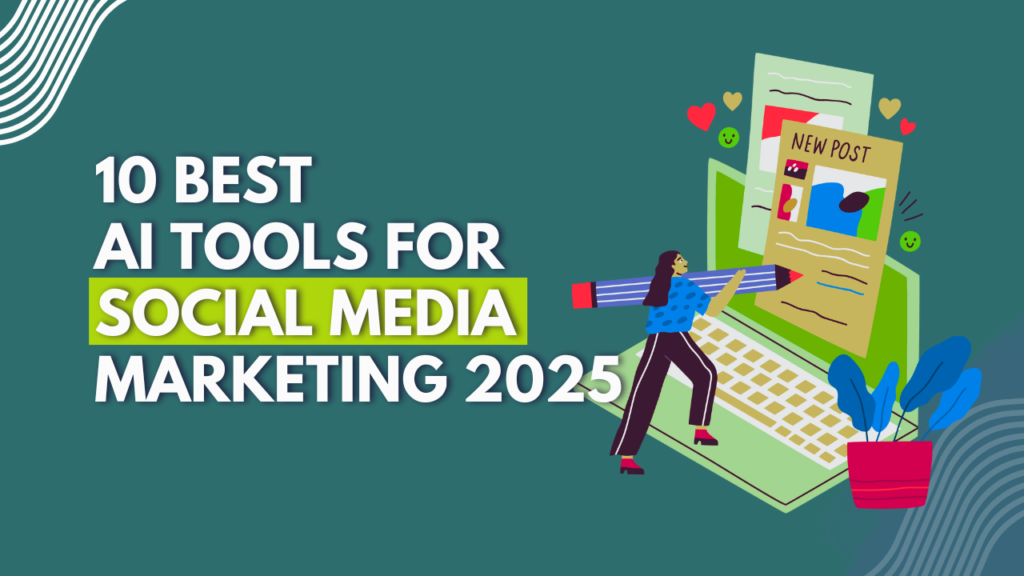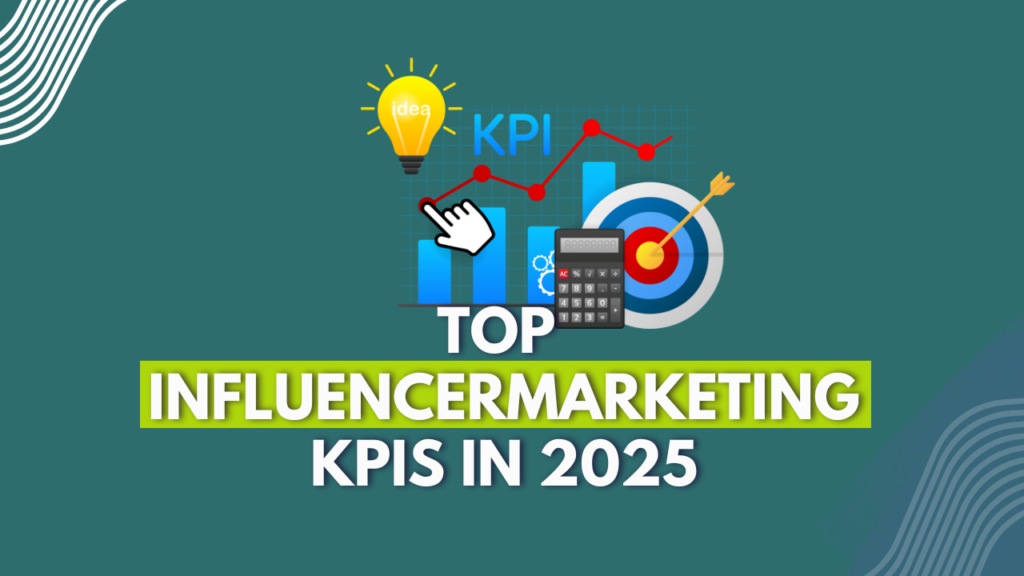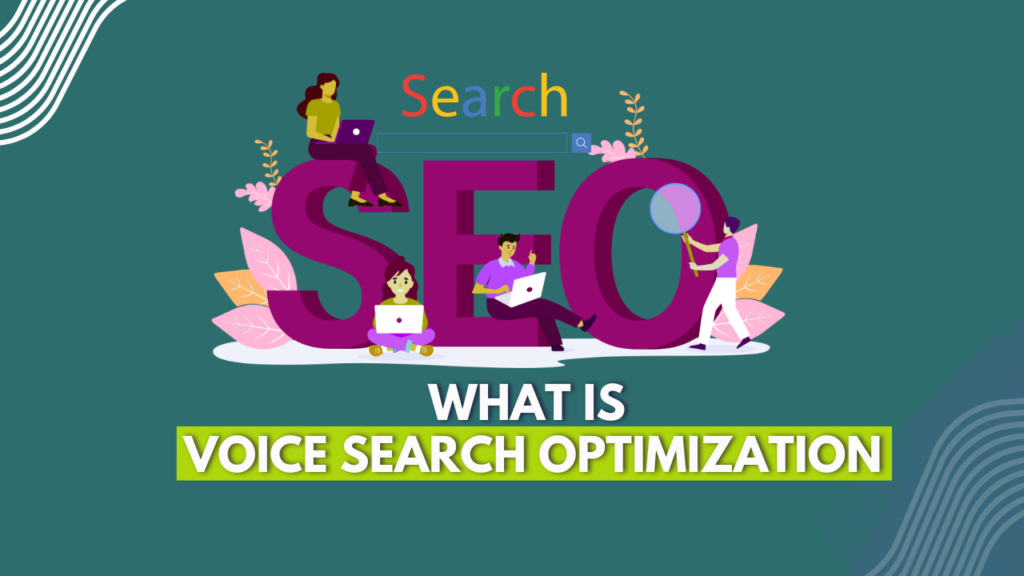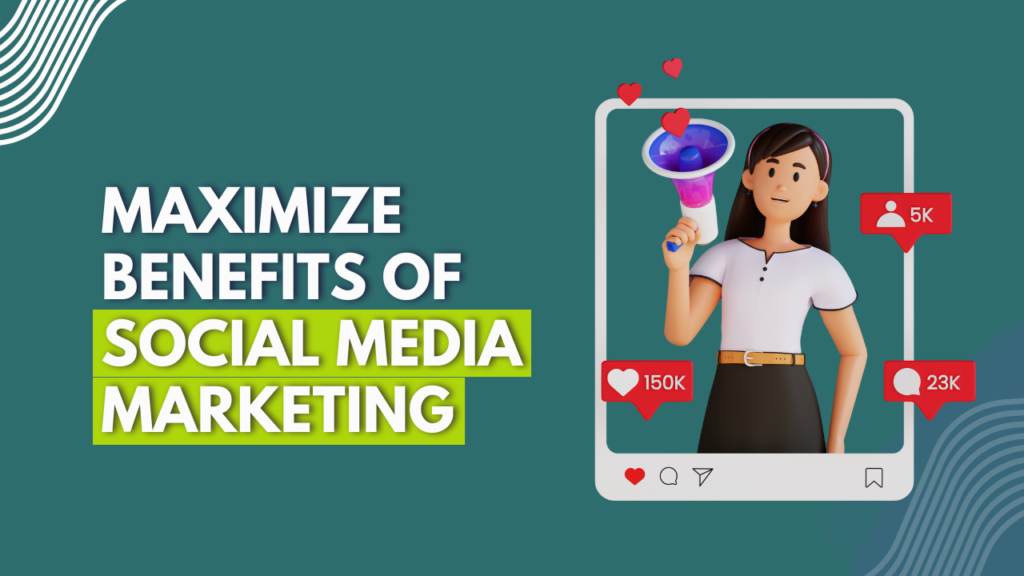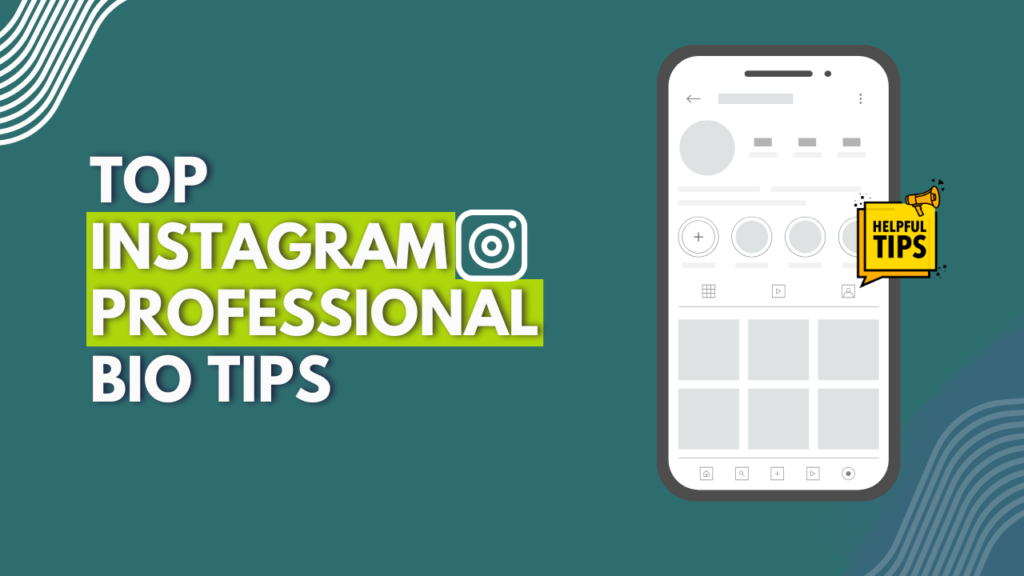5 Easy Instagram Analytics Tips to Boost Your Strategy
Every scroll, double-tap, and share on Instagram tells a story—a story of how your audience interacts with your content. But are you really listening? In the fast-paced world of social media, guessing what works and what doesn’t is a luxury no business or creator can afford. That’s where the power of Instagram analytics comes in. These insights aren’t just numbers; they’re the pulse of your digital presence, showing you exactly what to amplify and what to refine. Imagine uncovering the secrets hidden in your Instagram metrics—the posts that spark the most engagement, the Stories that make followers linger, and the Reels that send your reach soaring. By mastering how to see Instagram analytics, you unlock the ability to craft a strategy that’s not just efficient but unstoppable. Think of IG analytics as your compass, guiding you through the maze of content creation and audience behavior. Without it, you’re sailing blind, hoping your posts will strike a chord. But with it, you gain the precision of a marksman, targeting your audience’s preferences with uncanny accuracy. Whether you’re a brand looking to connect deeper, an influencer aiming for virality, or a startup craving exponential growth, this guide is for you. In the next steps, we’ll unveil five simple yet transformative tips to harness the full potential of Instagram analytics. These aren’t just tips; they’re your blueprint for a strategy that doesn’t just survive but thrives in today’s competitive social landscape. Get ready to decode the language of your audience, optimize your content like a pro, and watch your engagement soar to new heights. Your Instagram success story starts now. Read More: 8 Simple PPC Strategy Steps to Transform Your Campaigns 1. Master the Basics: Understanding Key Metrics Before diving into advanced strategies, it’s essential to understand how to use the Instagram platform’s analytics tools effectively. When you check your insta stats, you’ll notice a variety of metrics that reveal how your audience interacts with your content. Understanding these metrics gives you a solid foundation to tweak and optimize your content. 2. Schedule Smarter: When Are Your Followers Most Active? Timing is everything. Knowing how to see when followers are most active on Instagram metrics can significantly boost your engagement rates. Dive into how to check Instagram insights, specifically the audience tab, to discover peak activity times. When you post during these high-activity periods, you maximize your content’s chances of appearing at the top of your followers’ feeds. Combine this with creative, attention-grabbing captions to keep your audience hooked. 3. Focus on Story Insights Stories are an incredible tool for engagement, but many creators overlook their analytics. Learn how to view analytics on Instagram for Stories to identify what works. Experiment with interactive elements like polls, quizzes, and stickers to make your Stories more engaging. 4. Leverage Demographic Insights Your audience is your most valuable asset. By using Instagram demographic data, you can tailor your content to resonate with your followers’ preferences. Head to your profile monitoring Instagram metrics section to learn about your audience’s age, gender, location, and activity patterns. This information can help you create targeted content that aligns with their interests. This demographic information helps refine not just your Instagram strategy but your overall marketing efforts. 5. Track Links and External Engagement Conversions are the ultimate goal, and monitoring links is key. Dive into how to view Instagram analytics to measure external actions driven by your account. Use call-to-action strategies like “Swipe Up” in Stories or compelling CTAs in captions to drive external engagement. Bonus Tip: Keep Evolving Instagram is constantly evolving, and so should your strategy. Regularly revisit your analytics in Instagram to identify new trends and opportunities. Whether it’s monitoring IG analytics for Reels or analyzing how do you get Instagram insights for specific campaigns, staying updated ensures you stay ahead. Final Thoughts Mastering Instagram analytics isn’t just a nice-to-have skill—it’s essential for anyone serious about growing their brand or business. By understanding how to see Instagram insights and leveraging powerful tools like an Instagram analyzer, you can create content that resonates, engages, and converts. Start small with these five tips, and watch as your strategy transforms into a well-oiled machine. With the right insights and adjustments, your Instagram can become a major driver of growth and success.

